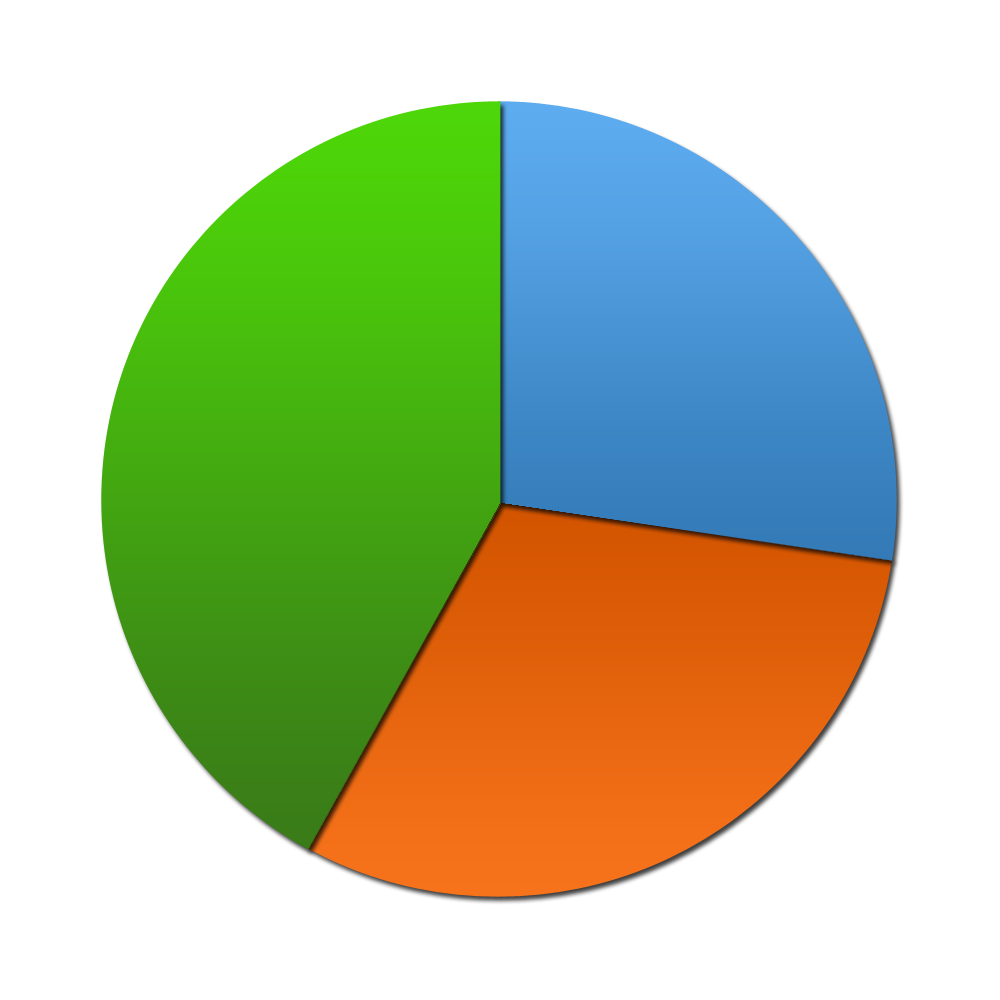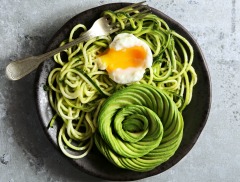Don't just meal plan... meal plan intelligently - with Meal Genius! Sign up for our free newsletter to get delicious recipes, sample meal plans and a whole lot more!
Rutabagas
Rutabagas, or "Swedes", belong to the crucifer family.
In the seventeenth century this vegetable variety was created when a Swedish botanist cross-bred a turnip and a type of cabbage.
While rutabagas can be eaten raw, most people prefer them cooked. Roasting mellows their flavor and produces a sweet, peppery flesh that makes for a delicious side dish.
Rutabagas are an excellent source of vitamin C plus a good source of potassium. They also contain cancer-fighting glucosinolates and dithiolthiones.
The Benefits
- Special diets: Autoimmune Paleo Diet, Elimination Diet, Gluten-Free Diet, Gluten-Free/Dairy-Free Diet, Grain-Free Diet, Low Acid Diet, Low FODMAP Diet, Low Histamine Diet, Low Oxalate Diet, Low Starch Diet, Paleo Diet (Light), Paleo Diet (Strict), Pescetarian Diet, Primal Diet, Vegetarian Diet, Whole Food
- Excellent Source of: VitaminC
- Good Source of: Potassium, Manganese
- Preferences: No Fish, No Red Meat, No Pork, No Eggs, No Shellfish, No Gluten, No Nuts, No Seeds, No Soy, No Dairy, No Poultry, No Molds, No Citrus, No Coconut, No Pseudograins, No Corn, No Yeast, No Peanuts, No Nightshade, No Legumes, No Grains, Low Carbohydrate, Low Cholesterol, Low Fat, Low Sodium, Low Saturated Fat
Related Foods
Related Recipes
Related Nutrients
Selecting and Storing
Look for rutabagas with tan skin and a dark purple crown, free of major scars and bruises. Rutabagas are hardy vegetable and store well. In the refrigerator, they'll keep for two weeks or more.









